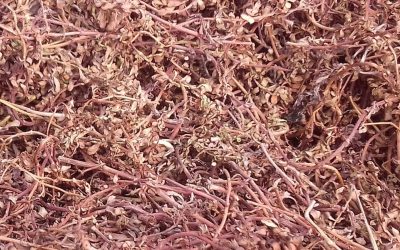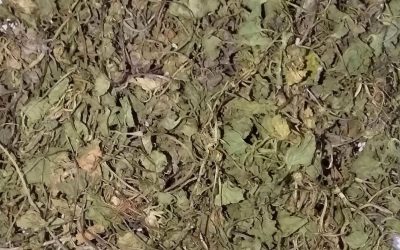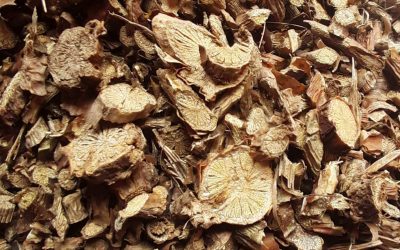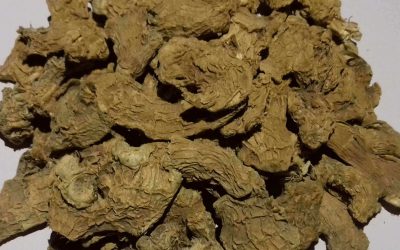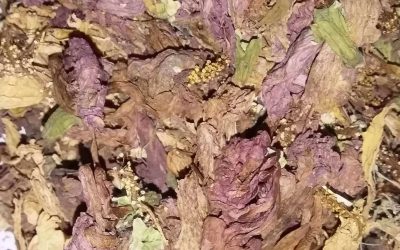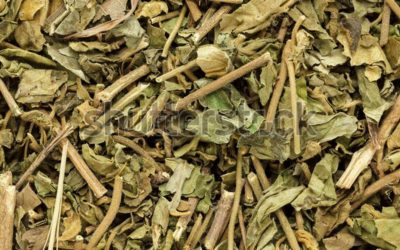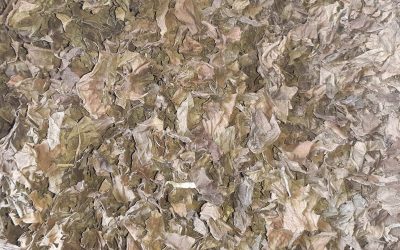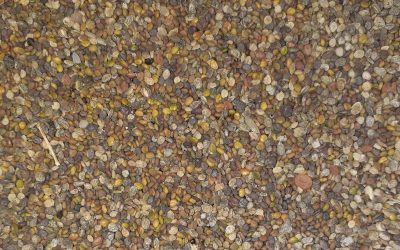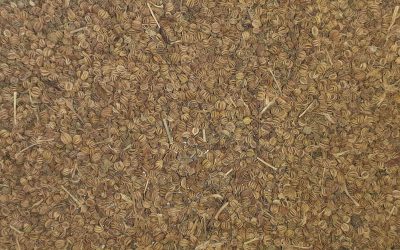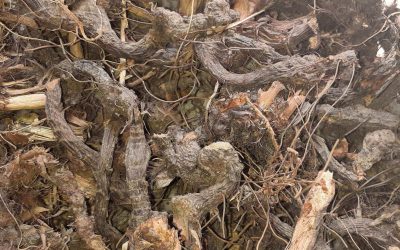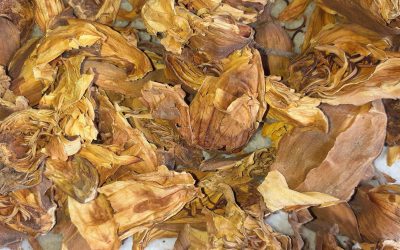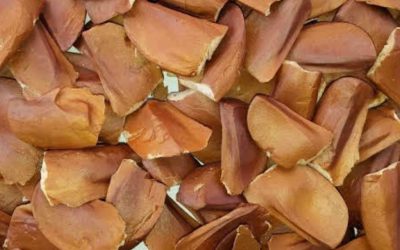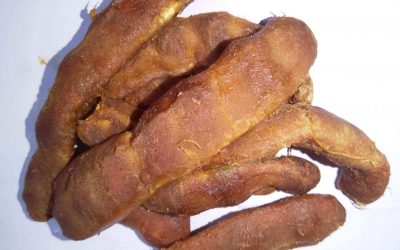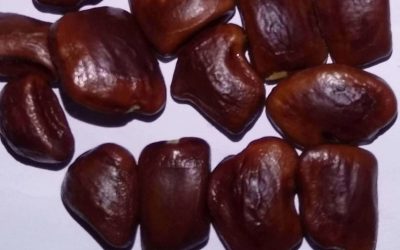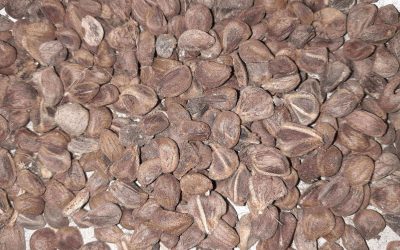Centella, Asiatic pennywort or Gotu kola.
Scientific name : Centella asiatica
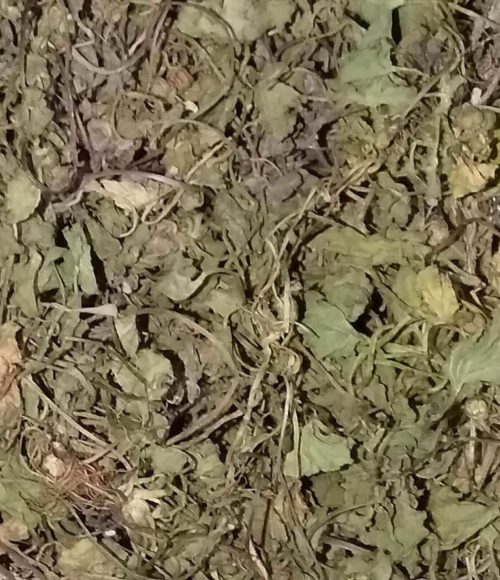
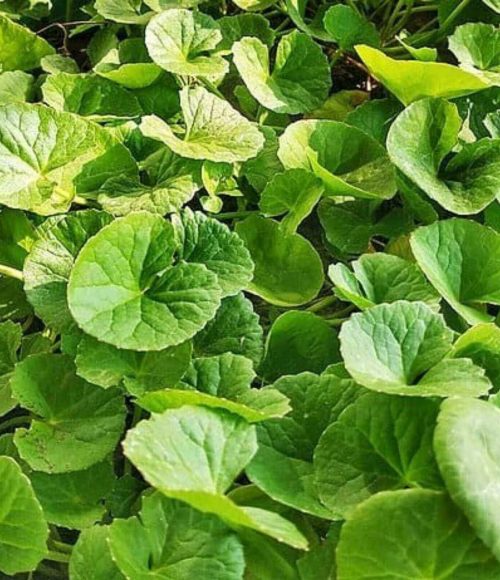
Description :
Centella asiatica, India
Centella grows in temperate and tropical swampy areas in many regions of the world . The stems are slender, creeping stolons, green to reddish-green in color, connecting plants to each other. It has long-stalked, green, rounded apices which have smooth texture with palmately netted veins. The leaves are borne on pericladial petioles, around 2 cm (0.79 in). The rootstock consists of rhizomes, growing vertically down. They are creamish in color and covered with root hairs.
The flowers are white or pinkish to red in color, born in small, rounded bunches (umbels) near the surface of the soil. Each flower is partly enclosed in two green bracts. The hermaphrodite flowers are minute in size, less than 3 mm (0.12 in), with five to six corolla lobes per flower. Each flower bears five stamens and two styles. The fruit are densely reticulate, distinguishing it from species of Hydrocotyle which have smooth, ribbed or warty fruit.The crop matures in three months, and the whole plant, including the roots, is harvested manually. It is a highly invasive plant, rated as “high risk”.Centella has numerous common names in its regions of distribution.
use:
In traditional medicine, C. asiatica has been used to treat various disorders and minor wounds. Clinical efficacy and safety have not been confirmed by high-quality medical research.Contact dermatitis and skin irritation can result from topical application. Headaches, nausea, and drowsiness may occur from internal use. The herb may have adverse effects on liver function when used over many months. In Ayurveda, C. asiatica is classified as a vegetable in the Charaka Samhita.

